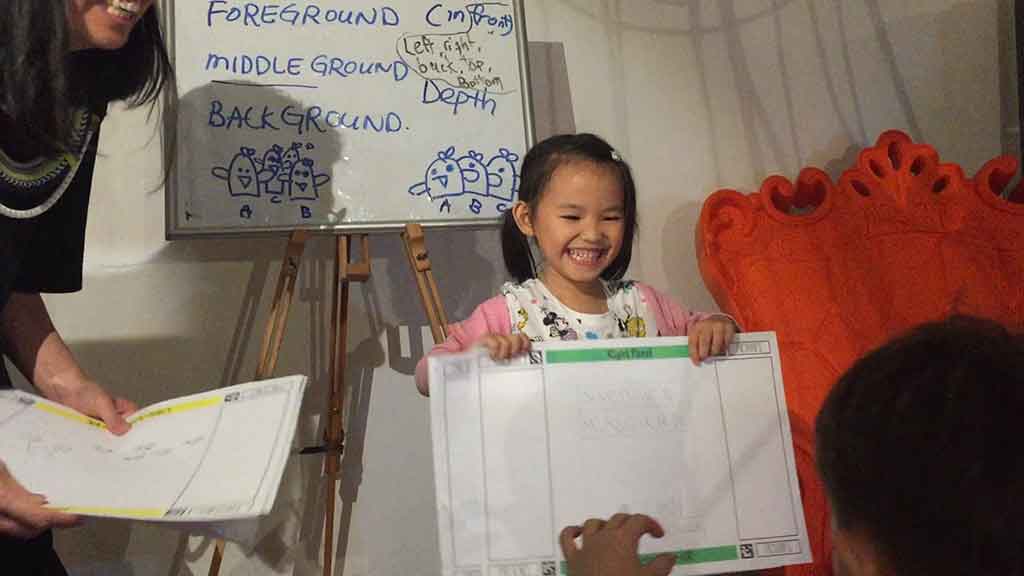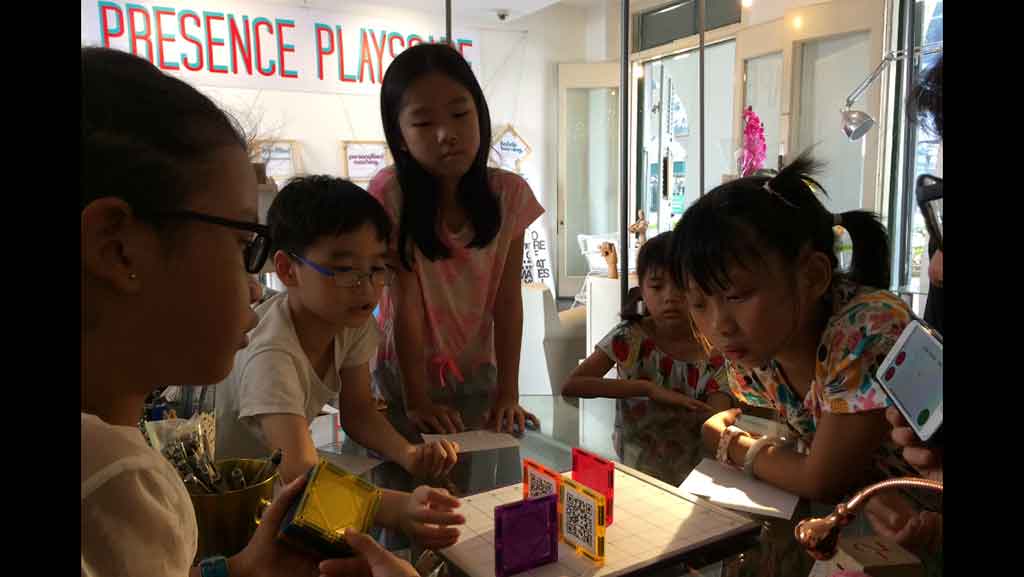How we teach creativity
In our classes, we create an environment that stimulates creativity. We inspire your child by exposing them to creative 3D digital experiences coded by children around the world. To help your child, we developed a 3D design tool that mentors your child step-by-step, from overcoming creative roadblocks to prototyping her ideas in 3D space. With our software and our huge library of creative resources, your child will be able to build any experience she can imagine. In class, we reward creativity exhibited by our creators, motivating them to generate more ideas. With Presence Pictures, your child will learn to think out of the box and present ideas creatively.

